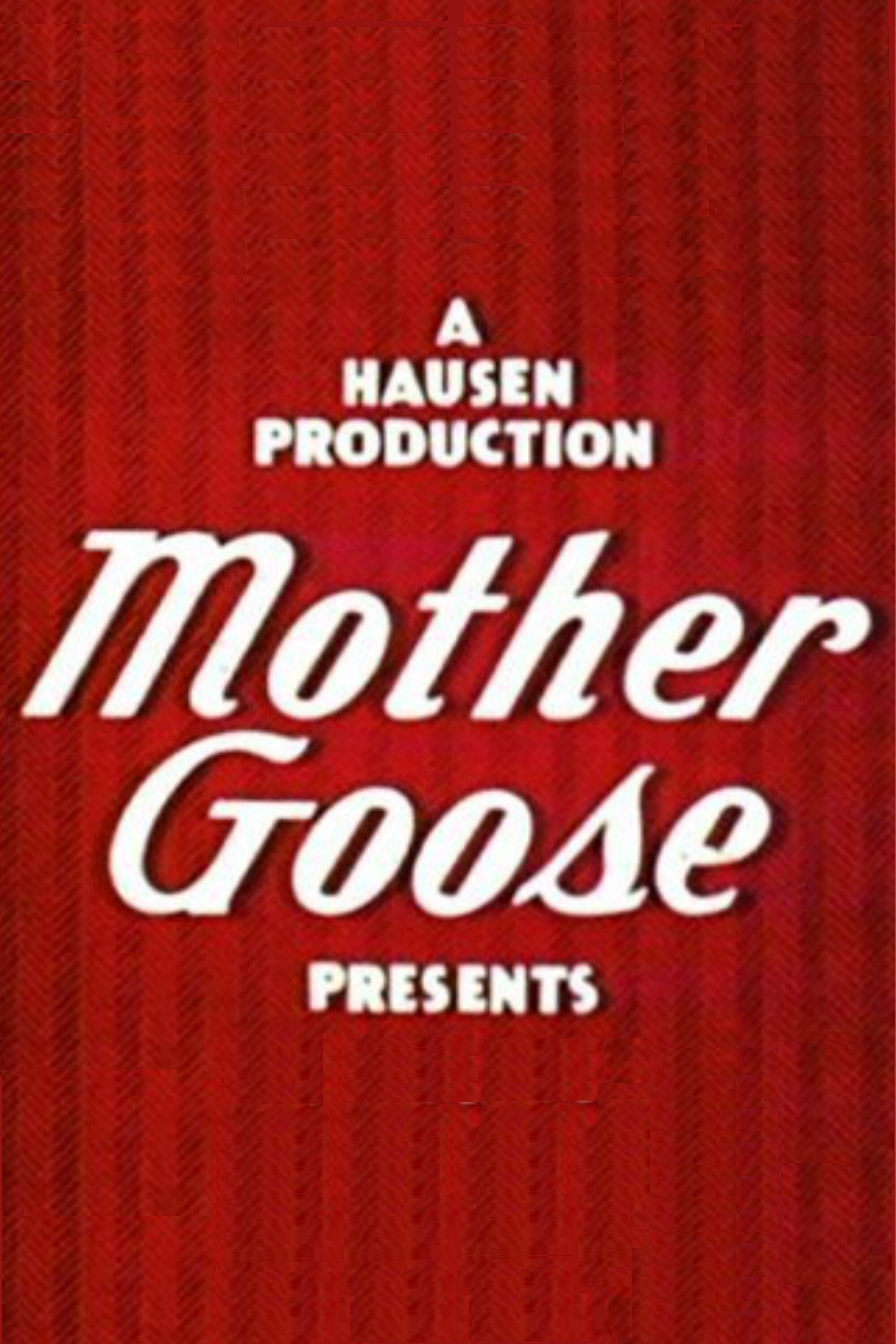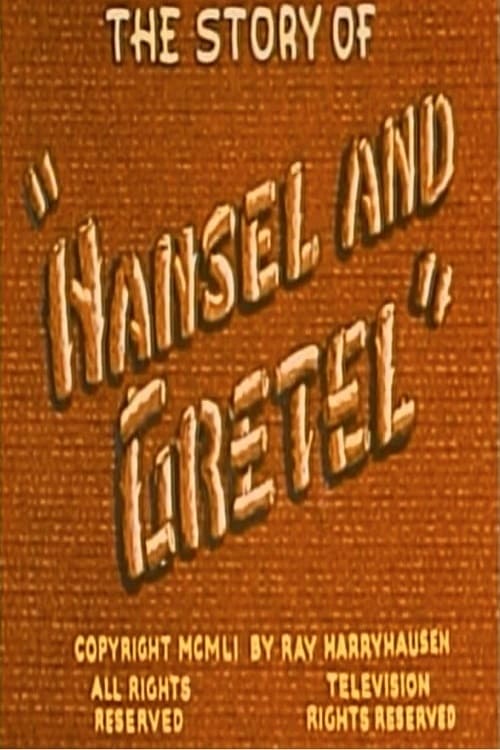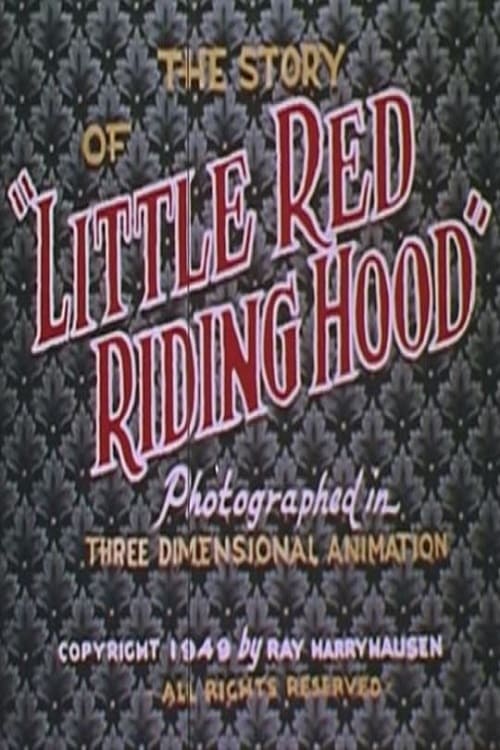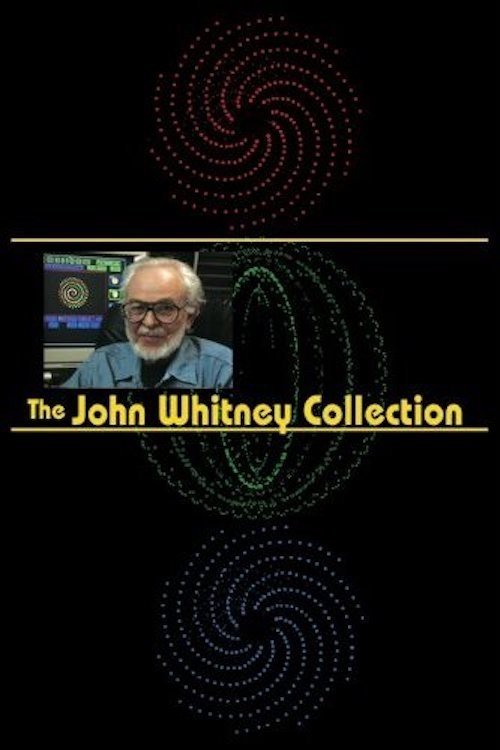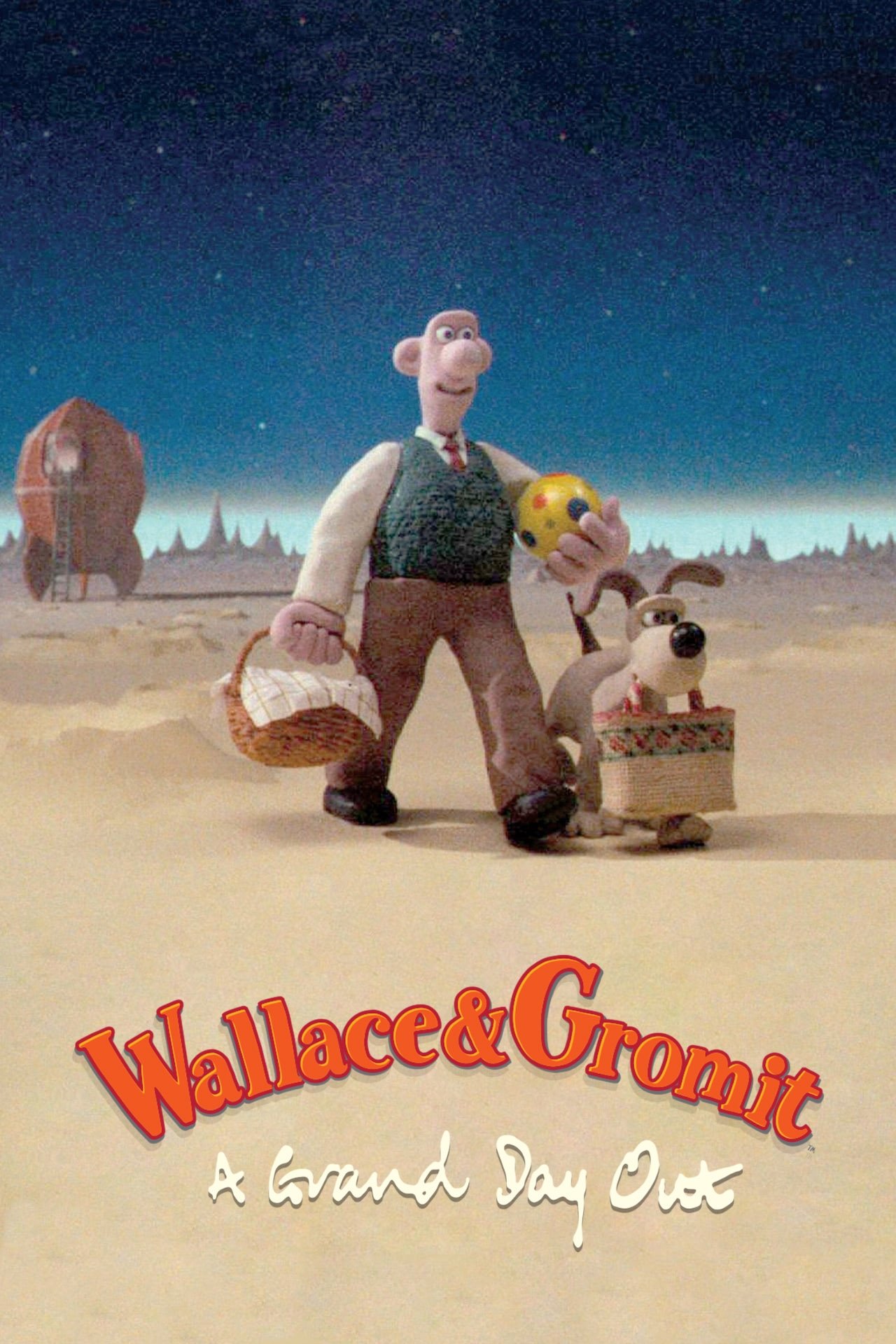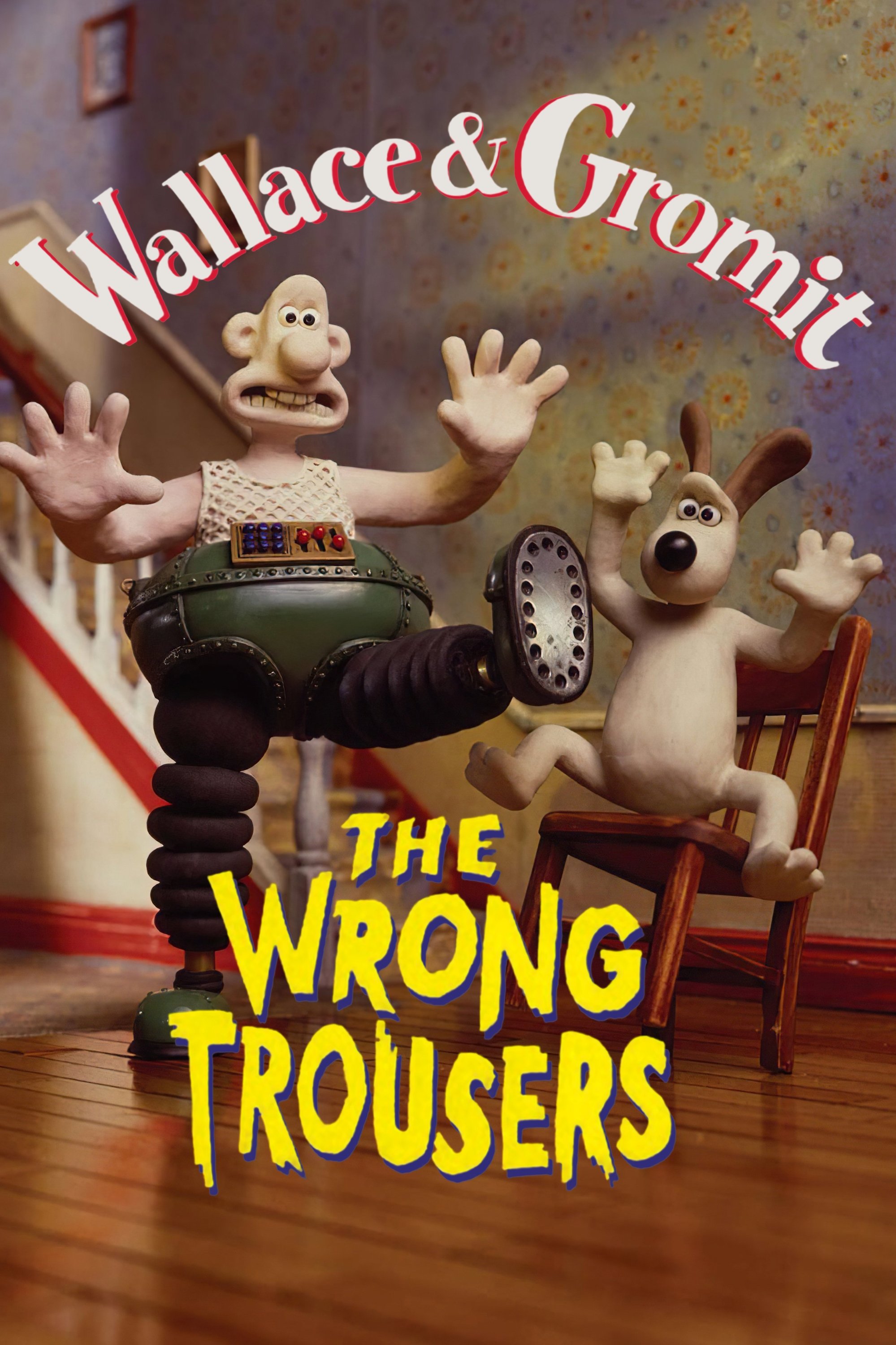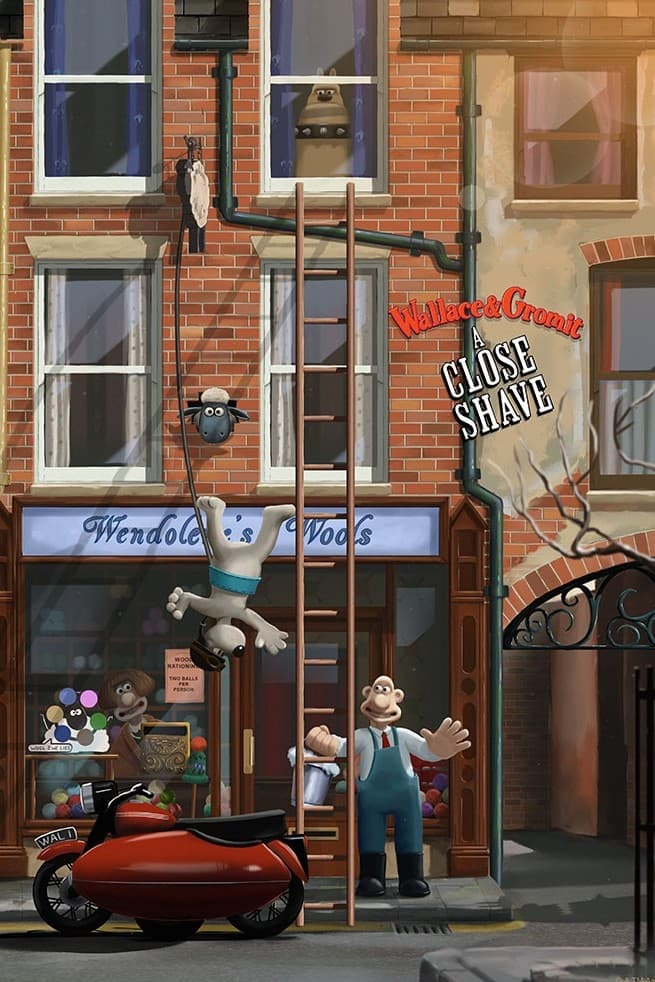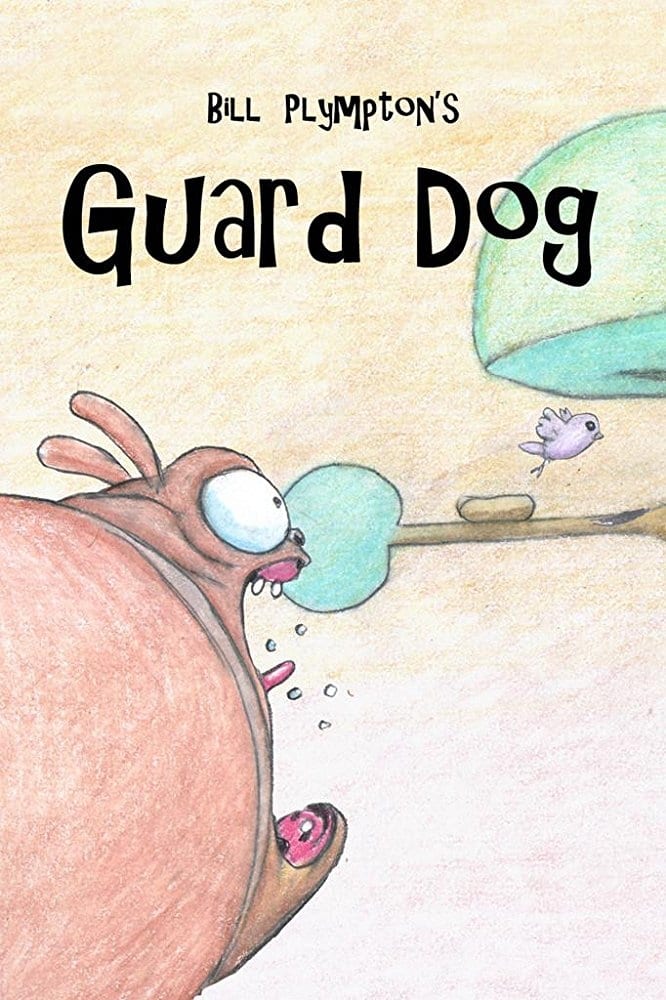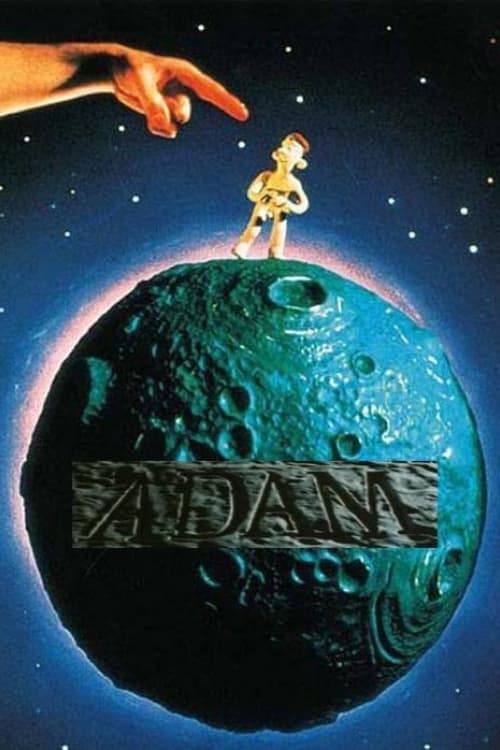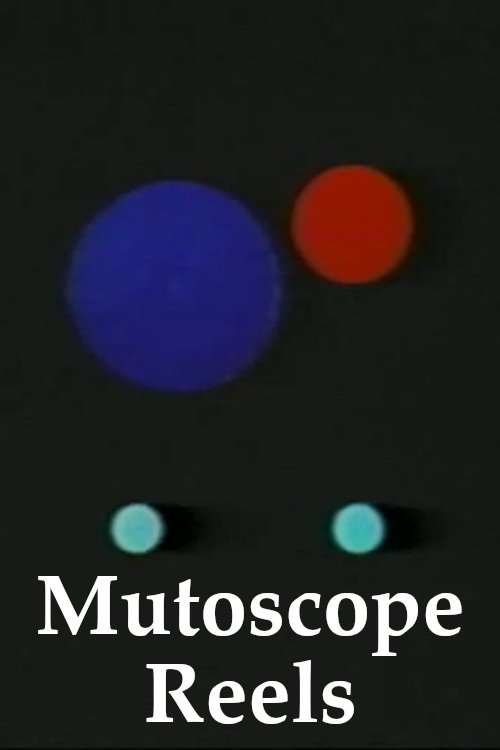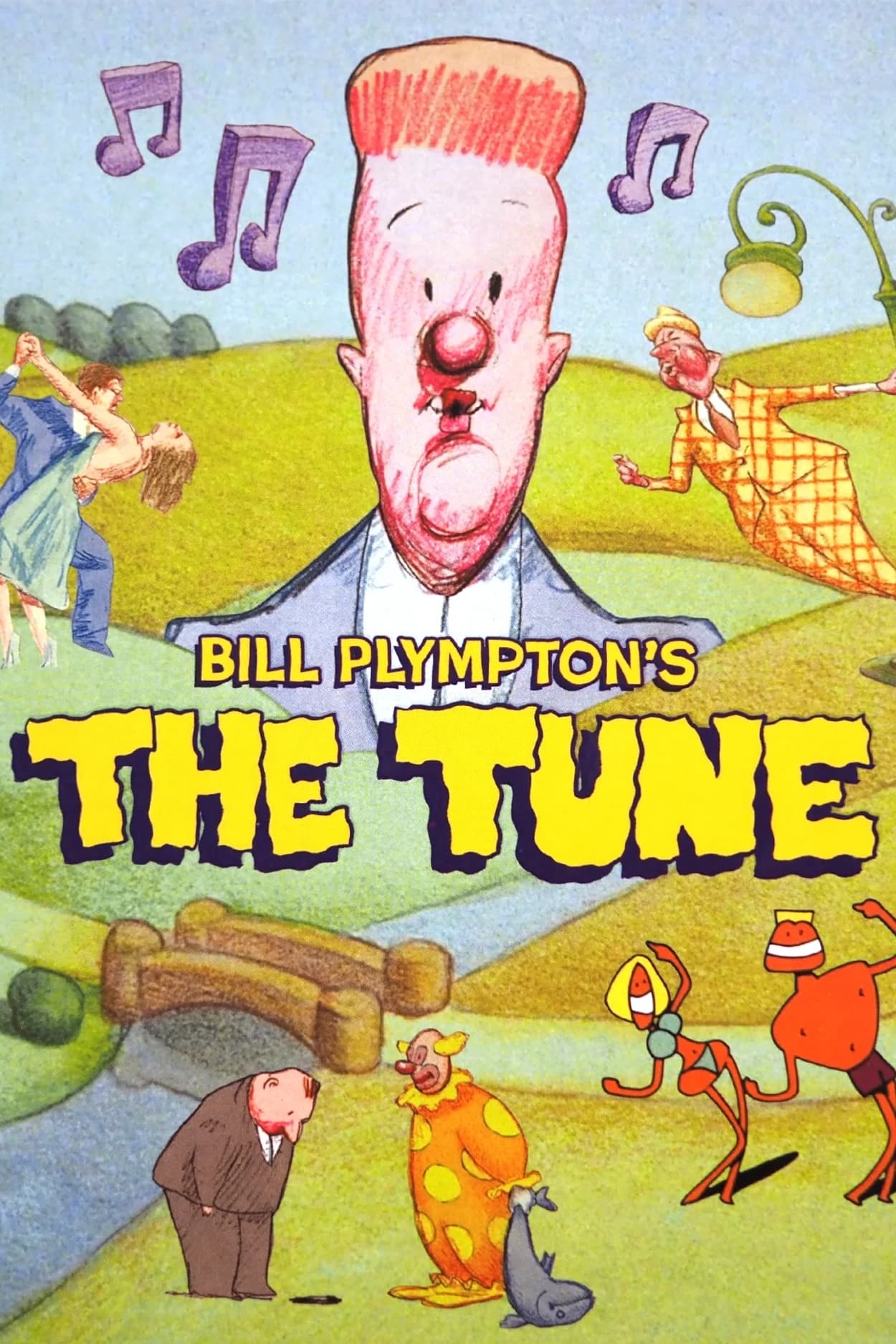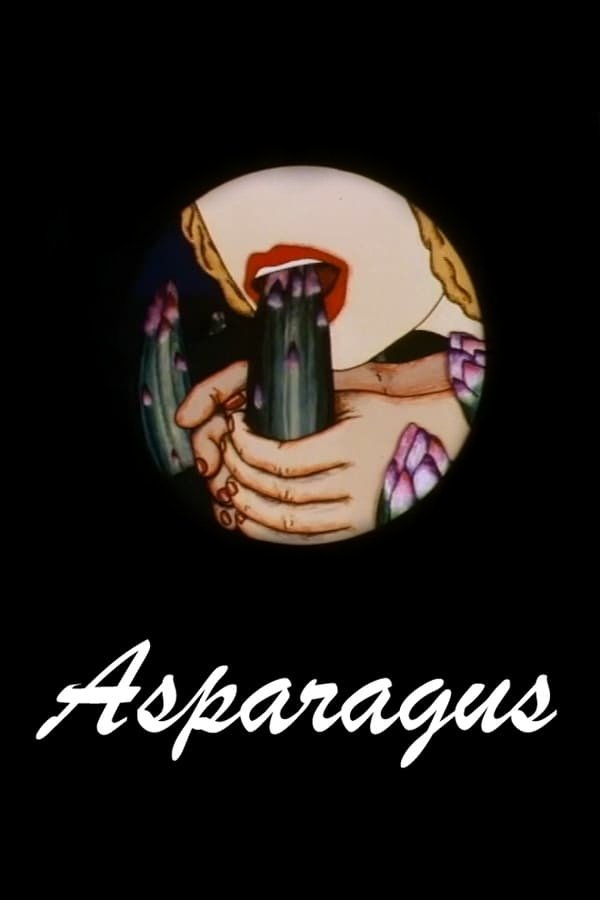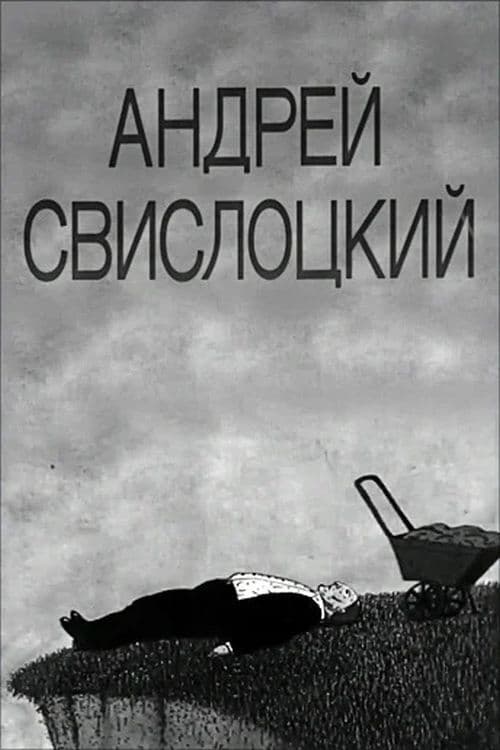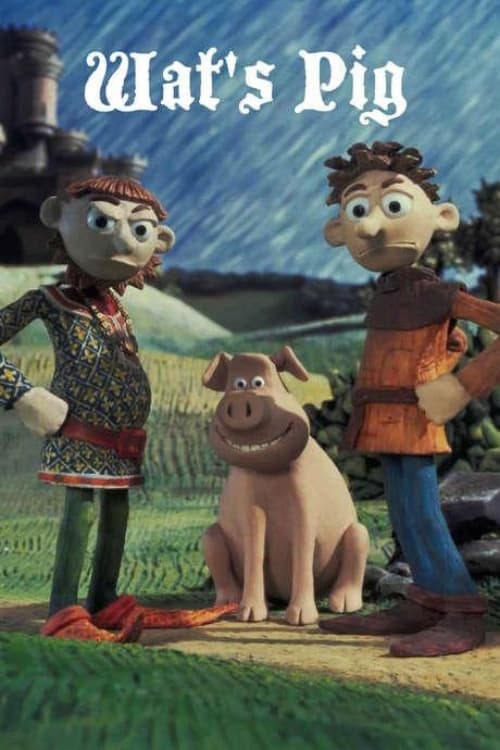Kick Me (1975)
Overview
An Oscar Nominated short film about the adventures of a red pair of legs. Preserved by the Academy Film Archive in 2010.
Production Companies
Additional Info
| Budget | $0.00 |
|---|---|
| Revenue | $0.00 |
| Original Language | xx |
| Popularity | 0.1205 |
Directed By
Robert Swarthe
Crew
Robert Swarthe
TOP CAST
Similar Movies
Film for Log Hill Dogs: The Log Hill Story
Constantly changing forms, a plains landscape. One of two films based on David and Diana's life in their house in Colorado, which had just burned down. Preserved by the Academy Film Archive in 2008.
A Christmas Gift
On Christmas Eve, a lonely young boy, shut out from the shiny world of presents and holiday parties, peers into a candlelit window, where a gray-haired lady sits sadly at a bare table. Taking the last bit of bread and cheese from his pocket and adding wine, they share this meager Christmas dinner together. Preserved by the Academy Film Archive in 2012.
Nursery Rhyme Review
A compilation of four Mother Goose stories "photographed in three-dimensional animation" and unified by a prologue and an epilogue with Mother Goose herself magically setting up a projector to show the films. The familiar nursery rhymes are "Little Miss Muffet," "Old Mother Hubbard," "The Queen of Hearts," and "Humpty Dumpty." Preserved by the Academy Film Archive in 2004.
The Story of Hansel and Gretel
Stop-motion puppetry version of the classic fairy tale. Preserved by the Academy Film Archive in 2004.
The Story of Little Red Riding Hood
A classic tale retold with Harryhausen's trademark animation. Preserved by the Academy Film Archive in 2004.
Five Film Exercises: Film 1
Begins with a three beat announcement drawn out in time which thereafter serves as a figure to divide the four sections. Each return of this figure is more condensed, and finally used in reverse to conclude the film. Preserved by the Academy Film Archive in 2004.
Bambi Meets Godzilla
Bambi is nibbling the grass, unaware of the upcoming encounter with Godzilla. Who will win when they finally meet? Preserved by the Academy Film Archive in 2009.
Five Film Exercises: Film 2-3
Two short fragments resulting from experiments in controlling the mechanical development of the instrument. Preserved by the Academy Film Archive in 2005.
A Grand Day Out
Wallace and Gromit have run out of cheese, and this provides an excellent excuse for the duo to take their holiday to the moon, where, as everyone knows, there is ample cheese. Preserved by the Academy Film Archive.
The Wrong Trousers
Wallace rents out Gromit's former bedroom to a penguin, who takes up an interest in the techno pants created by Wallace. However, Gromit later learns that the penguin is a wanted criminal. Preserved by the Academy Film Archive.
A Close Shave
Wallace's whirlwind romance with the proprietor of the local wool shop puts his head in a spin, and Gromit is framed for sheep-rustling in a fiendish criminal plot.
Adam
The hand of God fashions Adam out of the clay of Earth and places him on a small and empty planet. Each of Adam's actions - at first he can't stand up, then he barks like a dog, then he sleeps - requires God's intervention. After Adam discovers how small the planet is, how little there is to do, and God's unwillingness to let him leave the Earth, he is depressed, lonely and disconsolate. So God asks Adam's patience for a few minutes while He fashions a companion for Adam. Adam is delighted: he dons a bow tie, uses mouthwash, and finds a bouquet of flowers. Is God thinking what Adam is thinking? Preserved by the Academy Film Archive.
Anijam
The bizarre adventures of the cartoon character Foska, drawn by 22 animators working in collaboration. Each animator worked on his or her own sequence only and did not know what action preceded or followed his or her sequence, except that the first drawing of a sequence is the last drawing from the previous sequence. Preserved by the Academy Film Archive in 2010.
Mutoscope Reels
An mutoscope motion picture installation commissioned for the 86th anniversary of the Guggenheim museum. Later preserved and turned into a short film. Preserved by the Academy Film Archive in 2000.
Andrey Svislotskiy
This animated short focuses on the lives of three eccentric people living on a farm in the Ukrainian countryside. Told in a non-linear, stream of consciousness style, the film depicts the deceitful relationship between a master and his two servants. Preserved by the Academy Film Archive in 2007.
Wat's Pig
In a Medieval castle, a marauder tries to kidnap the twin infant sons of the lord. He makes off with only one, whom he drops about a mile away. A pig rescues this baby, so one brother grows up high on the hog, the other down with the swine; one is lazy, his lost brother is industrious. Years later, when a neighboring prince declares war, the brother in the castle is too soft to fight. Through happenstance, the twins are united just before the final battle. Will the upper-class brother let his humble sibling lead the troops to certain defeat and death? Preserved by the Academy Film Archive.



